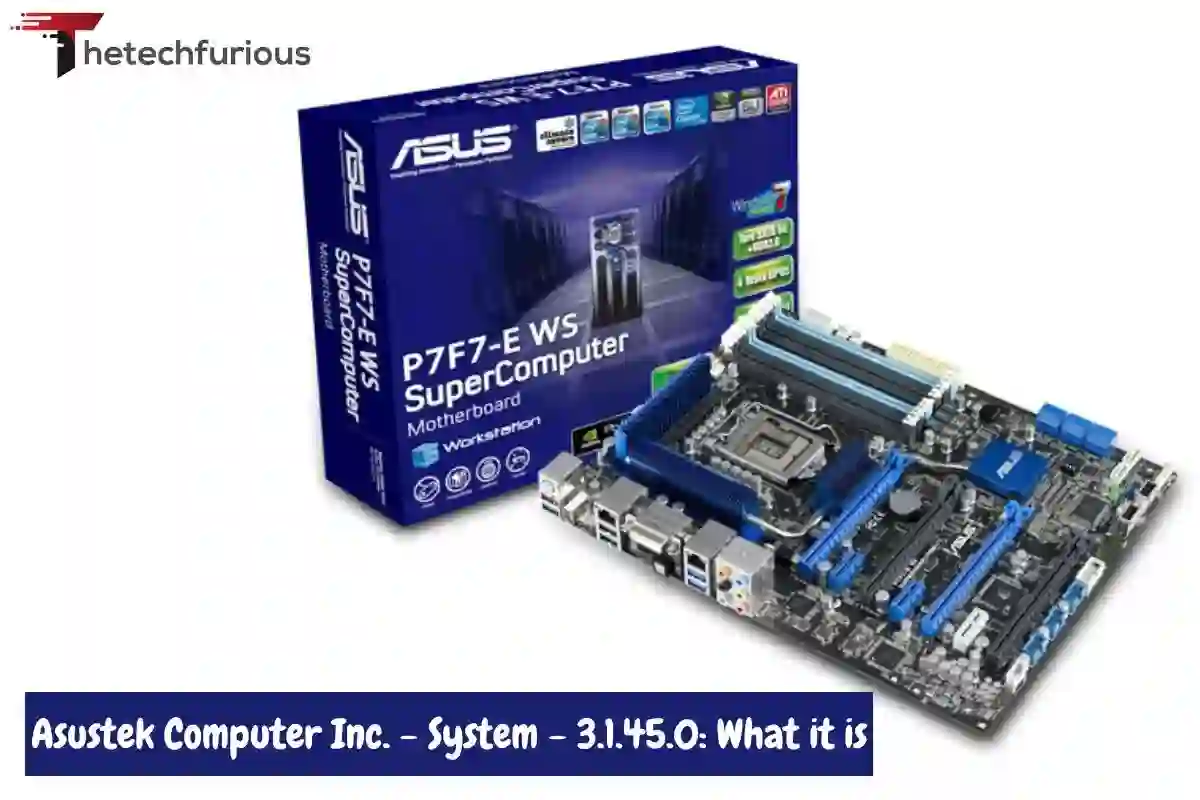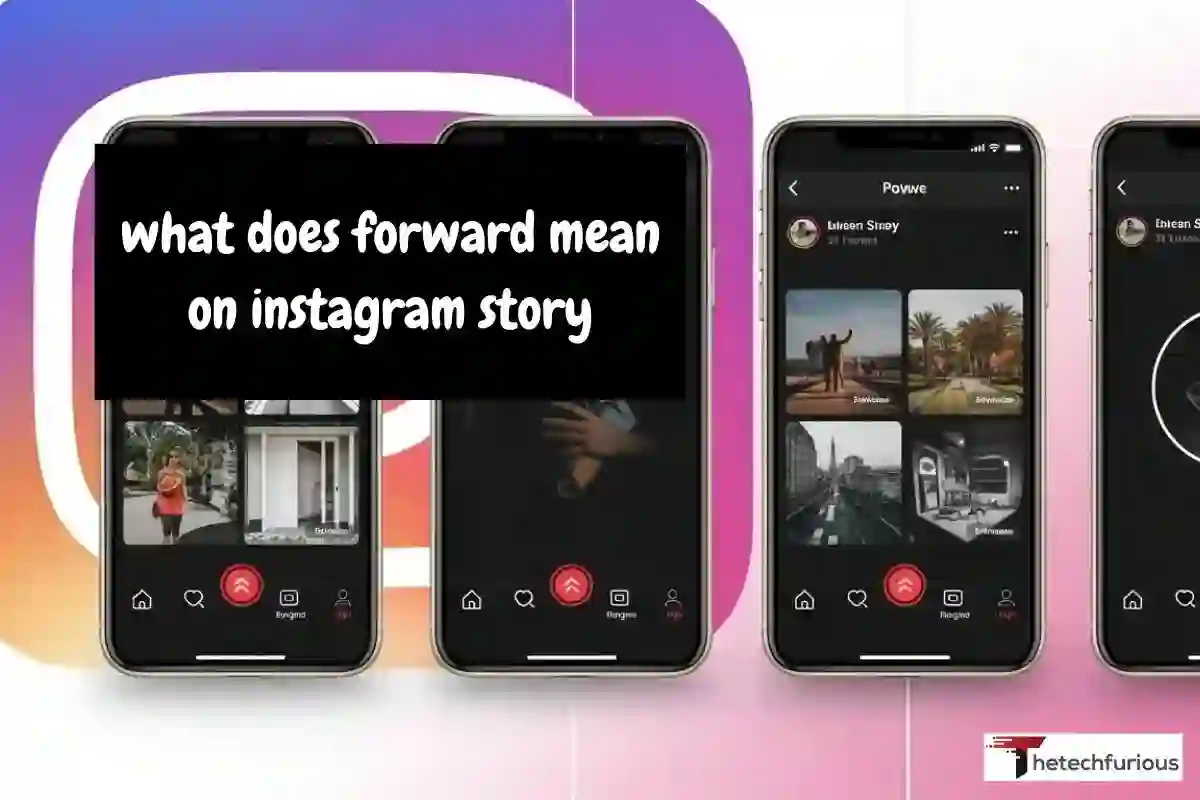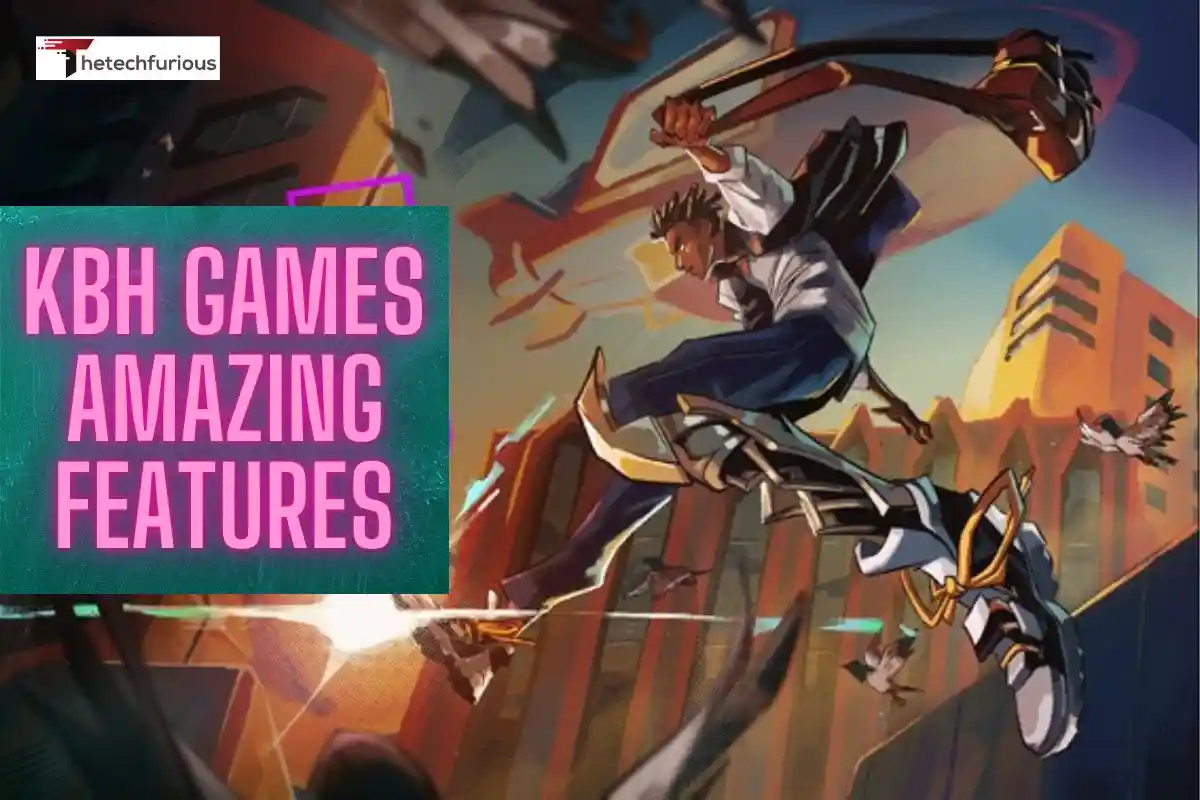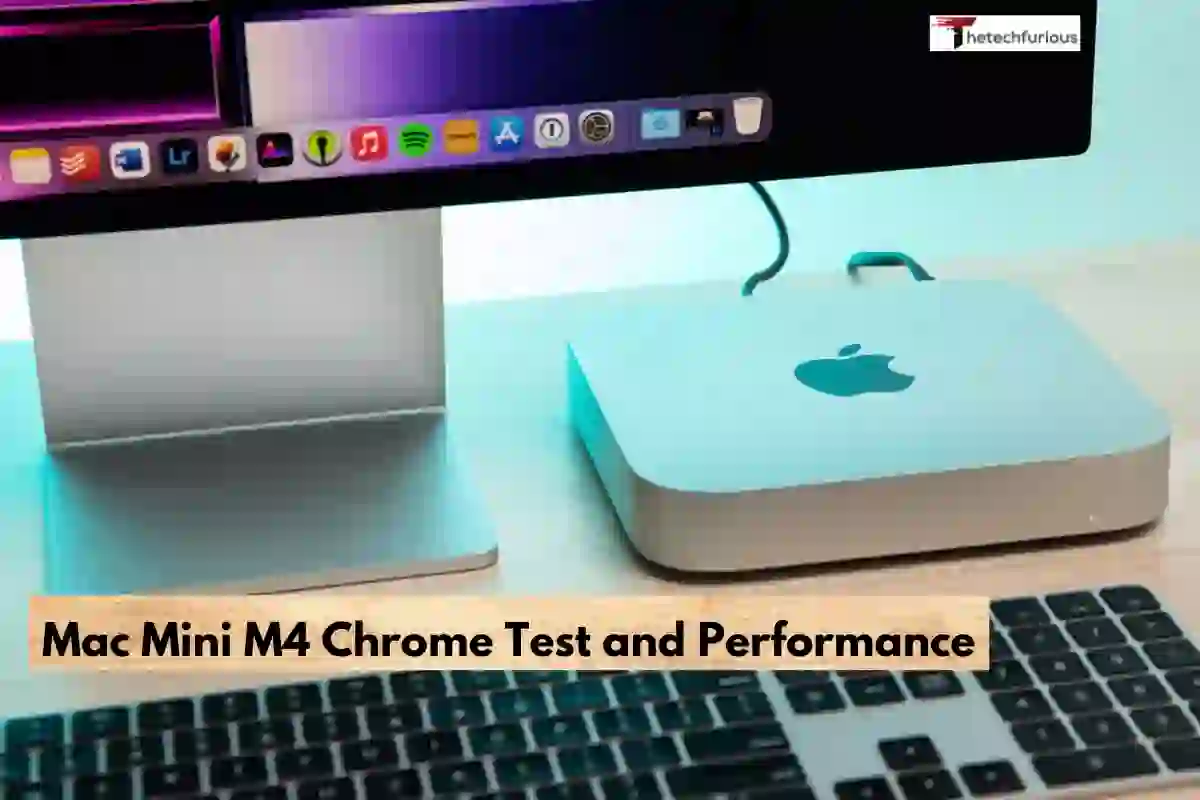Visual Clutter Document – Quick Tips to Simplify
The present era of information overload forces people to encounter visual stimuli throughout their surroundings. People fight an ongoing
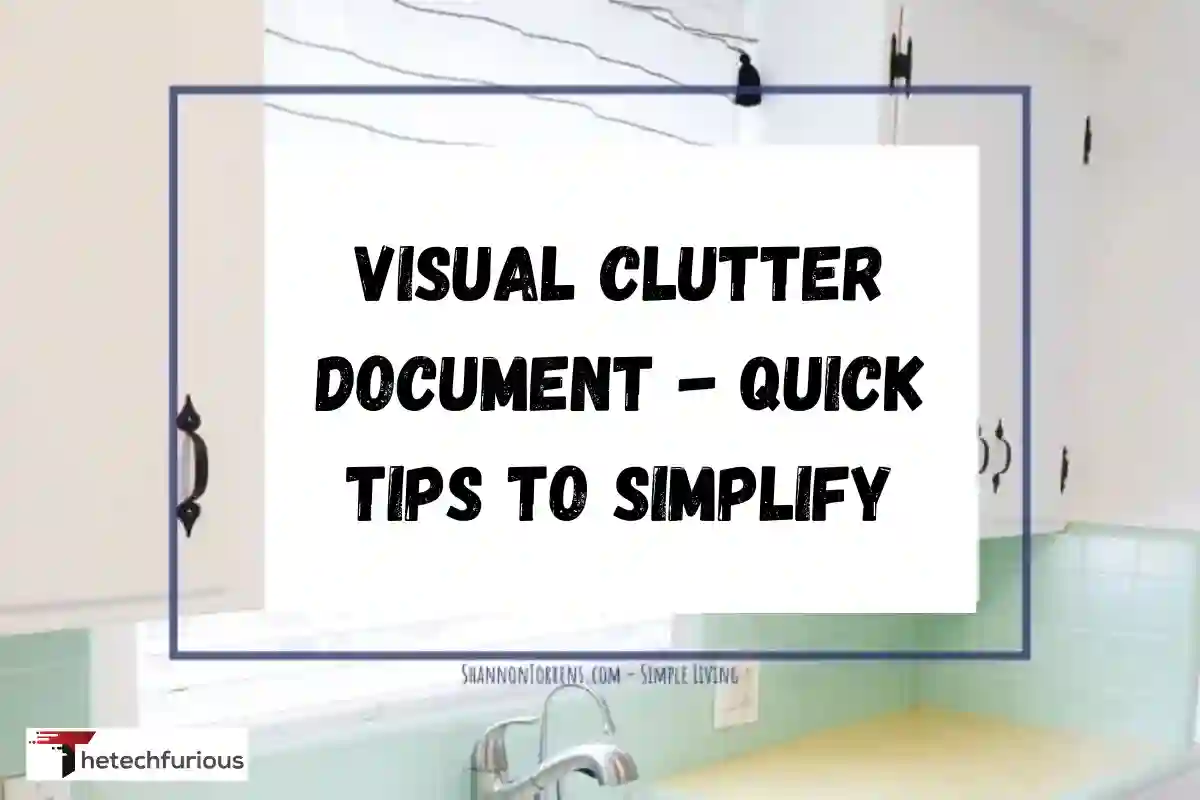
The present era of information overload forces people to encounter visual stimuli throughout their surroundings. People fight an ongoing battle to decimate visual disarray which plagues both their message stacks and webpage designs. The signs of visual overload enter documents through uncontrolled organizational practice.
Visual clutter document prevents readers from understanding the material therefore reducing their engagement while working against the content’s main goal. The following article examines visual clutter documents while explaining their importance and providing methods to develop transparent documents that overcome excessive content.
What is a Visual Clutter Document?
The basic definition of a visual clutter document describes documents that contain either too many elements or unorganized visual content. Different types of visual clutter appear through text that heaps together without space or through mixtures of disorganized graphics and charts. Flashing banners together with pop-up ads and textual walls identify digital visual clutter on web pages.
The design principles for clear communication should guide the creation of printed documents as well as presentations and spreadsheets. A visual clutter report appears with compact typefaces and irregular styling while holding unnecessary pictures in multiple locations. A visual clutter document contains every document which creates excessive visual disruption for readers. Delivering a document with any unsatisfactory design element will serve to facilitate visual clutter.
Why Does Visual Clutter Matter?
Visual clutter extends its effects into more than visual presentation aspects. The amount of distractions affects your ability to deliver and receive information correctly. Our brains have an automated way of processing information yet visual disorganization makes these processes slow down. People reading disorganized documents find it challenging to stay focused while they seek important information and fail to comprehend the intended message. Such circumstances result in reader frustration and confusion which sometimes leads to them abandoning the document entirely.
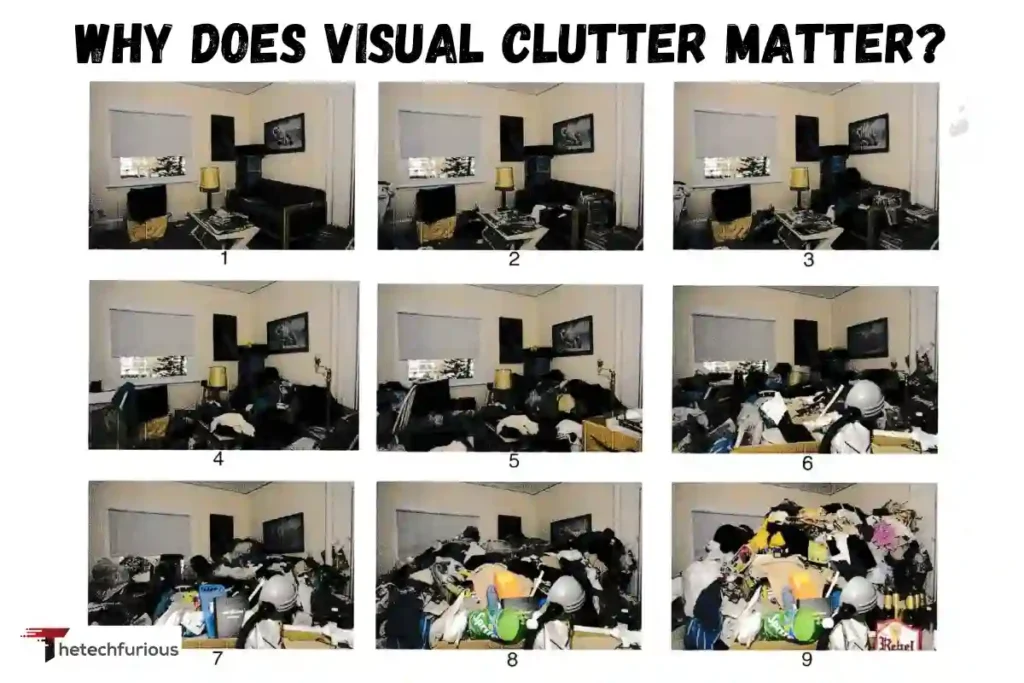
A professionally disordered document threatens your credibility while highlighting a lack of professionalism in your work. Strange text presentation makes readers lose time as they attempt to extract the information from the document. All individuals who generate documents need to learn how to remove visual clutter from their work in order to retain credibility and achieve professional outcomes.
Key Elements of a Visual Clutter Document:
Different factors contribute to the development of a visual clutter document. To produce effective documents the first requirement is grasping these crucial elements:
- Excessive Text: The observer becomes overwhelmed when texts appear unlimited without adequate white space between them.
- Inconsistent Formatting: Visual disorder occurs when formatting elements between different parts of a document fail to remain consistent.
- Poor Use of Images: The improper use of images through irrelevant content or poorly chosen visuals leads to reader distraction.
- Cluttered Layout: A layout becomes difficult for readers to follow the information flow when elements are randomly placed throughout without organization.
- Overuse of Color: The application of numerous hues in a document creates visual chaos that interferes with readability.
- Unnecessary Embellishments: Decorative elements that provide no functional benefits will increase visual clutter in a document.
Strategies to Eliminate Visual Clutter
1. Embrace Simplicity
The best method to get rid of visual clutter involves using a minimalist design approach. Streamline the design elements to consist of important features while removing all redundant details. Highly important information should be emphasized using bold text or headings or bullet points.
2. Utilize White Space
White space functions as a design tool that enhances document readability and delivers a neat presentation to viewers. The document should have adequate spacing between all sections as well as paragraphs and visual components to achieve balanced organization.
3. Follow a Logical Layout
The organization of information improves when a document adopts a structured design. The document requires a well-structured arrangement that uses headings and subheadings together with numbered lists to direct readers through the presented information.
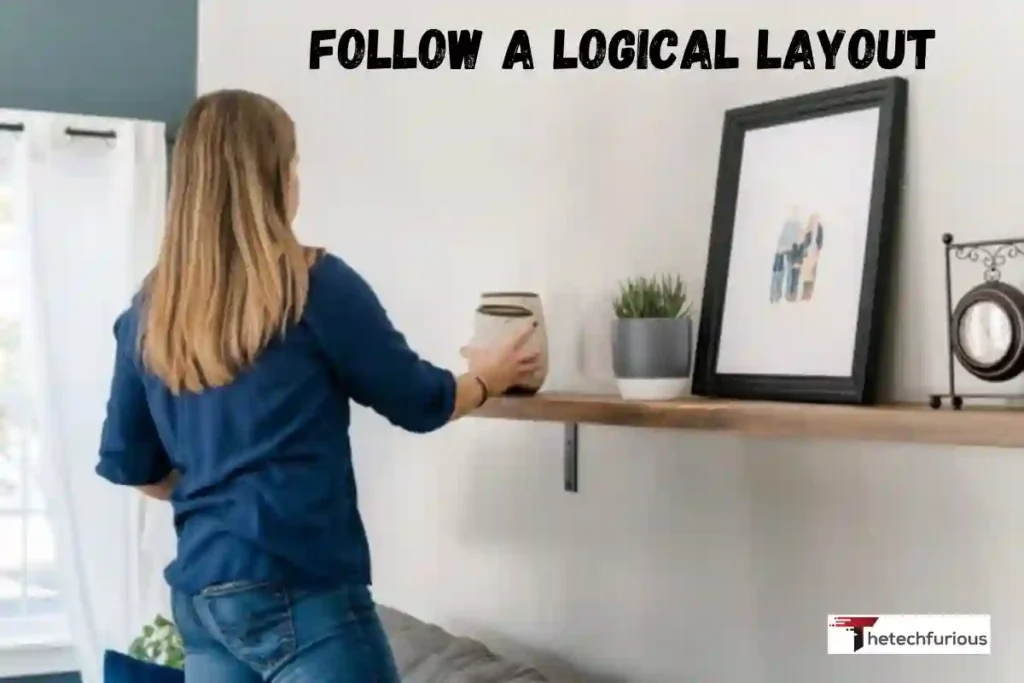
4. Standardize Fonts and Colors
The combination of irregular font choices and excessive color usage heavily affects visual disorder. Limited use of professional fonts with a defined color scheme should be used as the primary design principle. Leadership groups should apply limited color usage for point emphasis purposes while avoiding excessive visual distraction.
5. Reduce Visual Noise
Excessive graphics and charts alongside nonfunctional decorative elements should be avoided within your document. Only add graphics and visuals that back up your central message.
6. Edit Ruthlessly
Documents with excessive information include information that is both repetitive and unrelated to the main points. You should review and edit your content to validate that each word and visual and every sentence contributes purposefully to the main message. Get rid of all content elements which do not help convey your central message.
Using the Clutter Image Rating Scale
The Clutter Image Rating Scale stands as a research-based method to measure how living areas appear cluttered since their introduction. The principles of the clutter image rating scale apply effectively to document visual clutter assessment. Using a modified scoring system helps determine the amount of clutter present in your document design structure.
How It Works:
- Visual Review: Review every document page by treating it as if it were a space for evaluation. Search for areas that show signs of excessive clutter. Notice locations where crowding and chaos become apparent throughout the document.
- Scoring: Designators should assign points according to visual cleanliness and organizational quality within each section. Your score should be lower when your document displays minimal clutter yet higher when it requires improvements.
- Adjustments: You should adjust your document through feedback analysis obtained from your scoring process. The most chaotic areas of your document should receive your attention first in the decluttering process.
You can use this scoring method to evaluate the layout of your document’s “kitchen” section using tables and charts as an example. Your document must follow a structure that invites readers to wander easily through its areas.
Visual Clutter Document Example
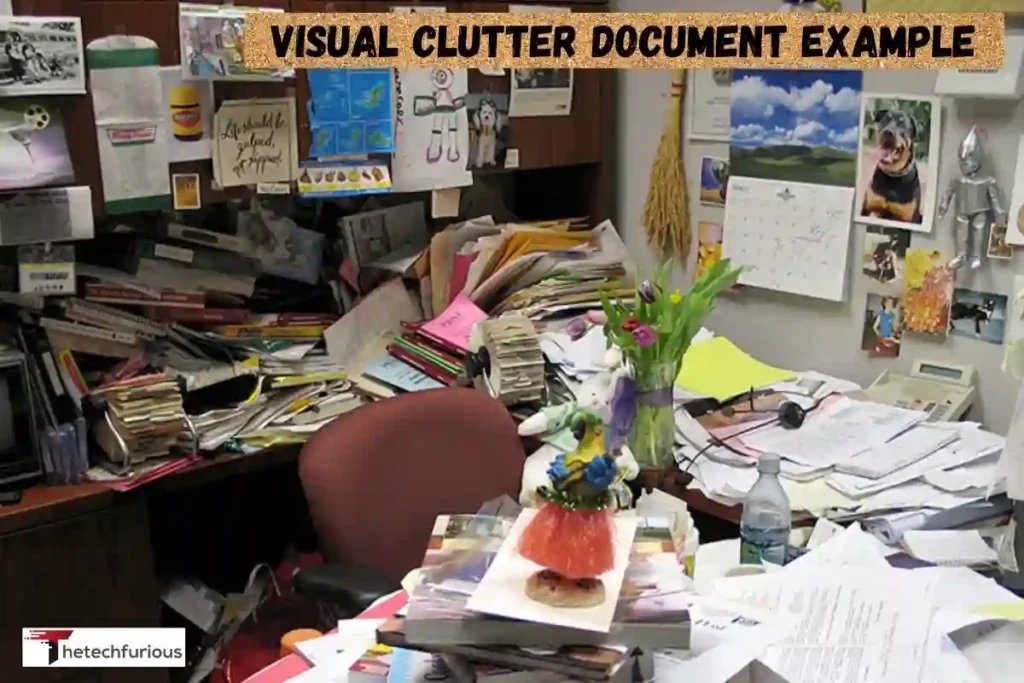
Consider a cluttered marketing proposal. The original document might include:
- Multiple fonts and font sizes.
- Overlapping images and graphs.
- Dense text blocks without clear headings.
- Excessive use of bright colors and decorative elements.
After decluttering:
- Both complementary fonts serve as the standardized typefaces.
- Visual hierarchy improvement occurs through resizing and alignment of graphics.
- The text is presented in brief organized paragraphs using apparent headings alongside subheadings.
- Neutral-tone color schemes preserve the main elements from distractions within the design.
The redesign proved that both cleanliness in design selection and proper content structure enhance readability and interactiveness.
Clutter Image Rating Scale Kitchen Section
In document terminology, the essential data or content area known as “kitchen” exists as the densest information segment usually containing financial data complex appendices and detailed analyses. No area collects more disorganization than clutter does so it becomes essential to use the Clutter Image Rating Scale Kitchen when evaluating.
- Visual Inspection: Check the alignment of tables along with charts while inspecting the visual presentation. Are the elements well-spaced? Do the presented elements allow easy scanning?
- Assign Scores: Raters should evaluate the section with a 1 to 5 rating system from clear to clean to overwhelming and cluttered appearance.
- Revise: Based on your score, simplify by:
- Reducing the number of data points in tables or breaking them into smaller segments.
- Adding white space between visual elements.
- Using clear labels and consistent formatting for charts.
Even complex sections become clear and attractive through this process.
Sum Up – Power of a Clutter-Free Document
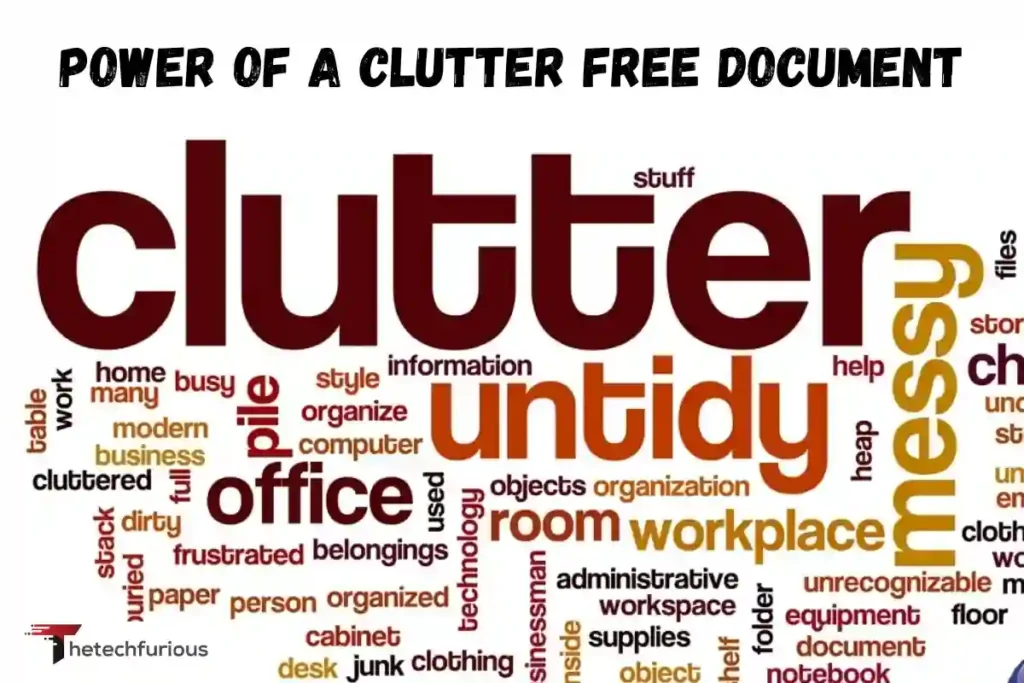
Active document visual organizing produces strong communication results together with better document readability that creates memorable audience impact. Documents that incorporate standard formatting elements text segmentation and sequencing of content levels become readable and visually attractive. You can use the clutter image rating scale as a tool to gather valuable information that supports your efforts in reducing document clutter.
In thetechfurious blog, every document including reports and kitchen manuals requires the same principles to minimize visual confusion. Your first step should be to inspect your document and introduce small modifications with help from reviewers. The ability to produce distinct powerful documents emerges through regular practice in this visual chaos universe.
Frequently Asked Questions
What is an example of a visual clutter?
The mixing of loose papers pens and miscellaneous items in your workspace creates a prime case of visual disorganization. Numerous visual items collection creates an environment where focus becomes harder and searching for needed items proves difficult.
What is the visual clutter theory?
According to visual clutter theory, many visual elements in space produce adverse effects on focus cognitive processing and behavioral performance.
What is clutter in visualization?
A visualization becomes cluttered when it contains too many nonessential elements which block the clear understanding of data to viewers.
How to reduce visual clutter?
Structure all belongings while assigning them specific storage locations. All decorations should be limited and only vital objects should be displayed.
What is clutter in data visualization?
Data visualization clutter means every element that exists beyond what viewers need to comprehend the data because such non-essential details create confusion or distractive effects.

